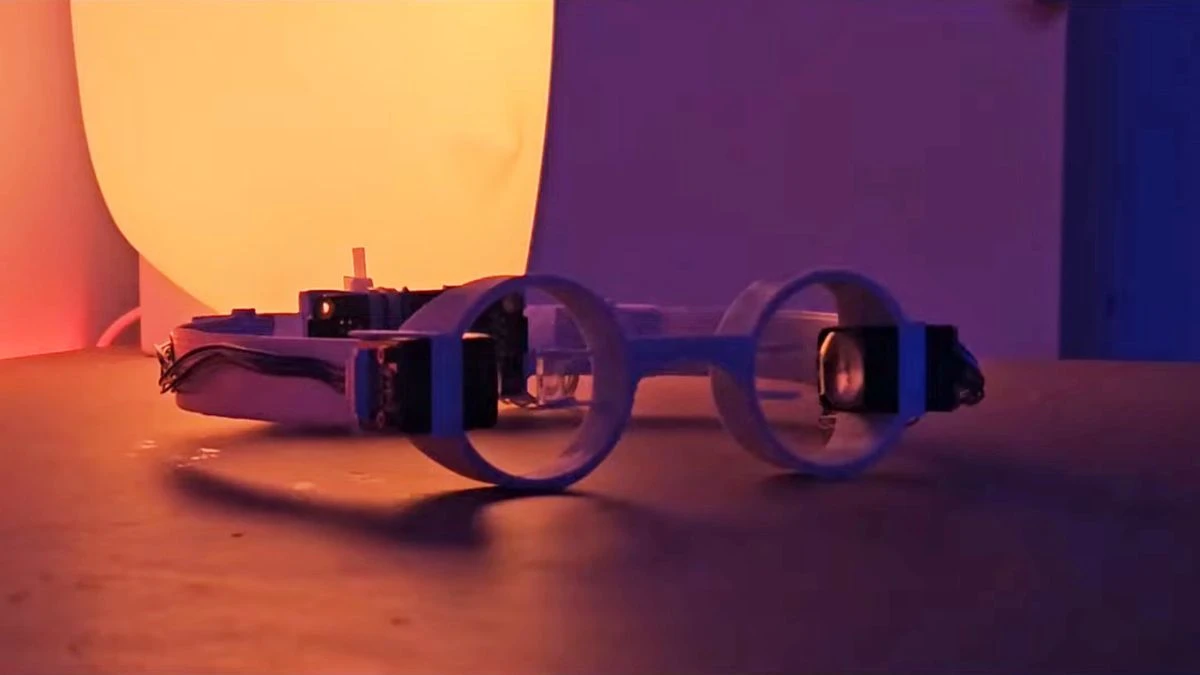Microsoft is building data centres from wood in the hope that we'll forget AI has made its carbon emissions 29% greater than when it pledged 'carbon neutral' in 2020
Steel and concrete are the main materials used in traditional industrial data centre constructions. Microsoft is building two new hybrid wood data centres to reduce its carbon footprint. The software company claims that this hybrid wood construction has a carbon footprint that is 35% lower than other standard designs.
According to a report by Microsoft, (via The Register), wood is not the first material you would think of when thinking about hulking server buildings and their associated buildings.
It's a type of plywood called cross laminar timber (CLT), which is made up of thick layers of wood that are glued together with the grain of the pieces at an angle to the one below.
CLT is a building material that has been around for many years. It's lighter than steel or concrete and has good thermal insulation properties.
It is also more eco-friendly that precast concrete. This is partly because it's made from a sustainable resource, but also because its production process generates far less carbon emissions than either concrete or steel.
Microsoft chose CLT for its two new data centres in North Virginia, USA because of this feature. The frame is still made of steel and the foundations are concrete, but the majority of the floors, ceilings and possibly even walls will be CLT.
Microsoft estimates that the hybrid mass timber, concrete and steel construction model will reduce the carbon footprint of two datacenters by up to 35 percent when compared with conventional steel construction and 65 percent when compared with typical precast concrete.
While I am sure that these figures are accurate for this project, they feel like a mere drop in the ocean when compared to the carbon footprint of an average data centre.
According to their size, these facilities consume a lot electricity. It's estimated that the total US power consumption could reach 35 GW by 2030, potentially doubling carbon emissions today.
Microsoft has set a deadline of that year to be carbon-negative. Its total carbon offset footprint and capture footprint is greater than its emissions.
Microsoft's carbon emission levels are 29% higher than in 2020, when it set its carbon goal. This is due to the building of more data centres for AI.
Microsoft may not think that two wooden buildings will make a big difference, but they do help.
Microsoft has at least put its money where it speaks. CLT is more expensive than steel and precast concrete, but is still cheaper than standard steel.
I have an idea about how it could further reduce carbon emissions. What if it stopped adding AI to all its products, so that fewer AI servers were needed? I don't think so.




Comments